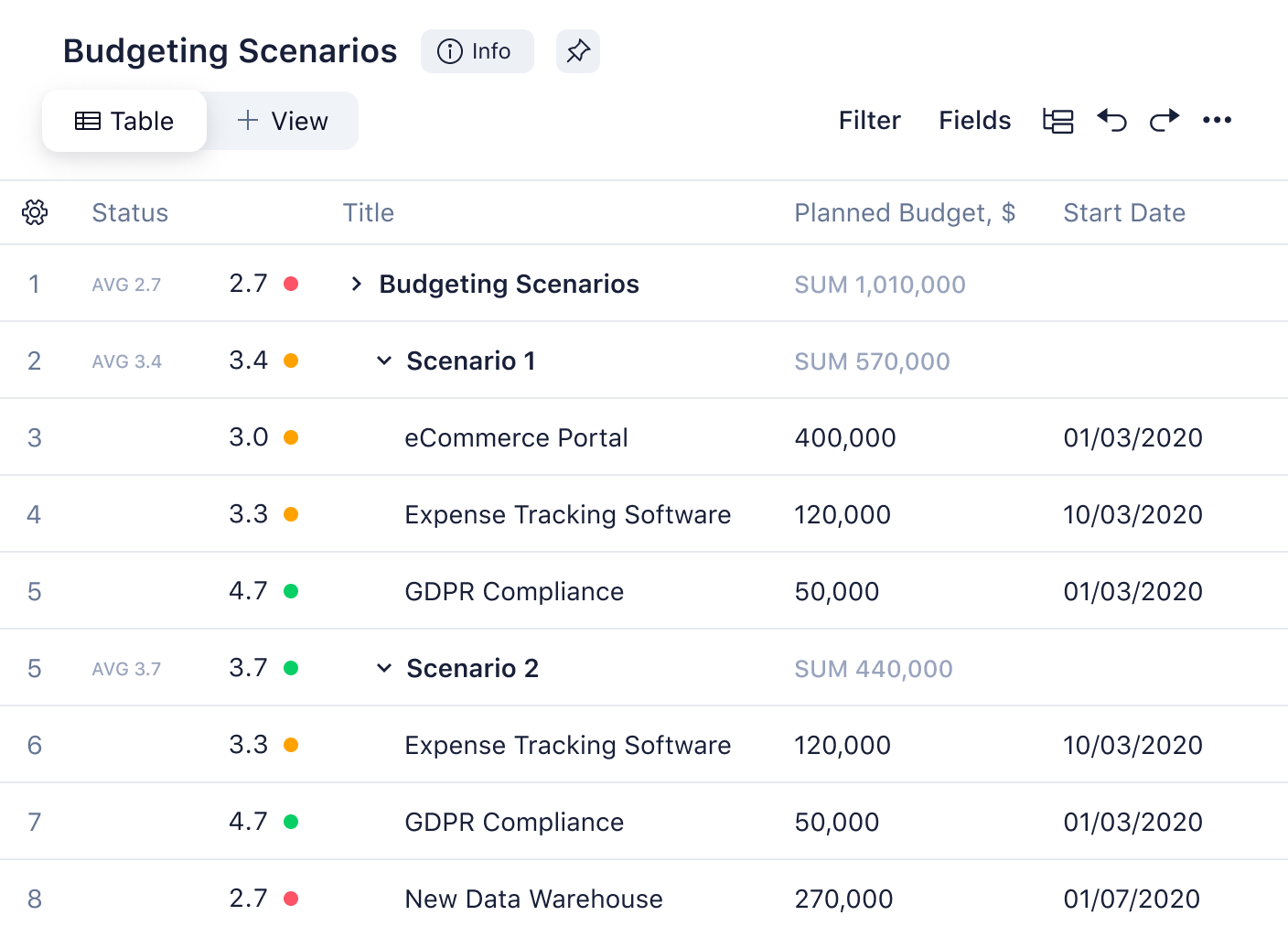What Is Cost Estimation in Project Management?
What Is Cost Estimation in Project Management?
A project can only come together with all the necessary materials and labor, and those materials and labors cost money. Putting together a budget that keeps costs to a minimum, while maximizing the project’s quality and scope can be challenging. This is why proper cost estimation is important.
In this article, we will define what cost estimation is and also cover the key elements for estimating costs.
Want to skip the theory and jump right into the work? Unlock a free trial with Wrike right now to manage and track project costs with ease.
Cost estimation definition
Cost estimation in project management is the process of forecasting the financial and other resources needed to complete a project within a defined scope. Cost estimation accounts for each element required for the project — from materials to labor — and calculates a total amount that determines a project’s budget.
An initial cost estimate can determine whether an organization greenlights a project. If the project moves forward, the estimate can be a factor in defining the project’s scope. If the cost estimation comes in too high, an organization may decide to pare down the project to fit what they can afford (it is also required to begin securing funding for the project). Once the project is in motion, the cost estimate is used to manage all of its affiliated costs in order to keep the project on budget.


Manage constraints effortlessly and achieve success
Elements of cost estimation in project management
There are two key types of costs addressed by the cost estimation process:
- Direct costs: Costs associated with a single area, such as a department or the project itself. Examples of direct costs include fixed labor, materials, and equipment.
- Indirect costs: Costs incurred by the organization at large, such as utilities and quality control.
Within these two categories, here are some typical elements that a cost estimation will take into account:
- Labor: The cost of team members working on the project, both in terms of wages and time
- Materials and equipment: The cost of resources required for the project, from physical tools to software to legal permits
- Facilities: The cost of using any working spaces not owned by the organization.
- Vendors: The cost of hiring third-party vendors or contractors.
- Risk: The cost of any contingency plans implemented to reduce risk.
Estimate and manage costs with Wrike
Cost estimation can be a daunting prospect but it’s a necessary element of project management that helps you allocate resources correctly and maintain financial control.
Wrike is here to help. With Wrike, you can streamline your cost estimation processes and simplify your project financialss. Use our real-time reporting, time tracking, and budgeting features to estimate and monitor costs with ease.
Don’t miss out — try Wrike today to see how you can master the art of cost estimation.

Artem Gurnov
Artem is a Director of Account Development at Wrike. He previously held the role of Project Manager, overseeing a team of customer success managers (CSMs). Over the years of building teams and scaling business processes, he has successfully deployed multiple projects, from automating client outreach to setting up work prioritization tools for sales reps and CSMs.


